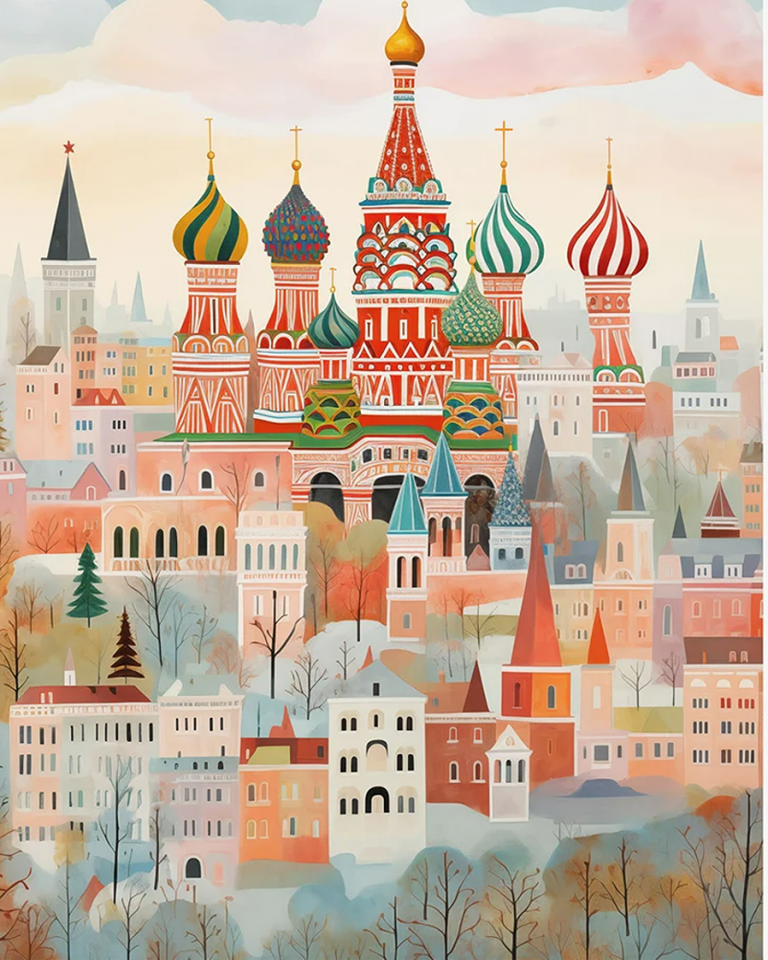
Austria is believed by many to be the most beautiful country in the world. This is an Alpine paradise, home to Europe’s tallest waterfall, beautiful lakes and mountain trains. It looks similar to Switzerland, with a good portion of the population living in the city of Vienna. It’s also home to the largest ice cave in the world.
Austria’s One of the Greenest Countries
Around 63% of all waste in Austria is recycled. And (like Iceland) nearly all its energy is from green sources (not nuclear, like proposed here). Like New Zealand, Austria is strongly anti-nuclear and has recently expressed grave concern about a nuclear plant in neighbouring Slovakia.
Austria was asked if it wanted nuclear power and said no. We are getting it, even though we have not been asked.
One Third is Protected Woodlands
Austria protects its native forests. Yet back during Cameron’s government, it was only a petition by 38 Degrees that stopped our remaining forests being sold off to private investors who ‘promised’ to protect it.
Austria’s (Green) Climate Minister recently tipped the scales for the EU Nature Restoration Law to pass. This states that EU member countries must restore drained peatlands and plant 3 billion more trees.
The ultimate aim is to restore 20% of the EU’s land and sea back to its natural state within the next 5 years. But as far-right parties won elections (and Greens didn’t do such well), the original law became severely watered-down. So she stood up to power, and won!
Measuring a Country’s Green Status
What makes a country green in more than name? Experts rely on a cluster of indicators that focus on climate, nature, and public health.
- Carbon emissions per person: Lower is better. It shows how much climate-warming gas the average person adds to the air.
- Share of renewable energy: A high share of hydro, solar, and biomass points to cleaner power and fewer fossil fuels.
- Forest cover and protected areas: These lock up carbon, protect habitats, and reduce flood and erosion risk.
- Recycling and waste treatment: High recycling rates and low landfill use cut pollution and conserve resources.
- Air and water quality: Clean air and rivers are visible signs that policies work in daily life.
Global scorecards, such as the Environmental Performance Index (EPI), gather data across these areas to rank countries. They look at climate policy, biodiversity, pollution, and resource use. Scores vary over time, and methods can change, but the broad picture is helpful when comparing nations with different sizes and economies.
Comparing countries is not always simple. A small, wealthy country may find it easier to switch to clean energy or upgrade waste systems. A country with many mountains and rivers, like Austria, has a natural edge for hydropower. Nations with large heavy industries face different hurdles from those with service-based economies. These factors do not excuse bad performance, but they help explain gaps.
Experts also warn against common myths.
- Myth: Green equals scenic. Beautiful landscapes do not guarantee low emissions or clean water everywhere.
- Myth: One metric settles the debate. A country can excel in renewables yet fall behind in transport emissions.
- Myth: Rankings never change. Strong policies can lift a score quickly, while weak enforcement can drag it down.
These points set the frame for judging Austria with care and context.
Carbon Footprint and Energy Sources
Carbon output per person shows how a country contributes to climate change. Power generation is a big part of this footprint. When electricity comes from hydro and solar, emissions fall. This shift brings clear benefits. Cleaner power means better air, fewer respiratory issues, and less smog in cities and valleys. It also cuts reliance on imported fuels, which supports energy security and stable prices.
Biodiversity and Waste Management
A green nation protects habitats, rivers, and species. Forests, wetlands, and mountain zones support wildlife and store carbon. Good waste systems reduce litter, keep plastics out of rivers, and cut methane from landfill. High recycling rates show that households and firms sort waste well, supported by clear rules and good collection services. The result is cleaner parks and waterways that people notice in daily life.
Austria’s Path to Sustainability
Austria’s record blends natural assets with long-term policy. The country has abundant rivers and steep terrain, which favour hydropower. For decades it has harnessed this resource to produce a large share of its electricity without coal. Today, Austria generates around 80 percent of its electricity from renewables, led by hydro.
Forests cover over 47 percent of the land, and protected areas span national parks, Alpine reserves, and river wetlands. Cities like Vienna and Graz support strong public transport, cycle networks, and green building standards.
The national approach aligns with EU climate law and the broader green economy agenda set by European policy. Austria’s climate and energy plans guide investment in clean heat, grid upgrades, and energy efficiency.
Public involvement matters too. Schools promote eco-friendly habits. Separate collection for paper, glass, metal, and biowaste is the norm in most homes. Municipal schemes support composting and reuse. These actions help push recycling rates above 60 percent for municipal waste, placing Austria among Europe’s better performers.
There are gaps to close. Transport emissions remain a challenge, especially outside cities where car use is high. Freight flows across Alpine corridors add pressure, despite rail upgrades. Agriculture also affects water quality and releases ammonia. Policy has shifted over decades, but reaching net zero will need faster changes in mobility, heating, and farming.
Conservation Efforts and Urban Green Spaces
Austria protects diverse habitats, from Alpine peaks to the Danube wetlands. National parks and Natura 2000 sites safeguard rare species and migration routes. Careful trail planning and visitor limits in sensitive zones help maintain mountain ecosystems while supporting outdoor tourism.
Urban areas add to the picture. Vienna often ranks high for liveability thanks to parks, tree-lined streets, and efficient public transport. Bike-friendly design in cities like Salzburg reduces car trips and noise. Green building standards encourage efficient materials, lower energy use, and better air inside homes and offices. These choices make daily life calmer, cleaner, and healthier.
Like Austria, Sweden and Finland store vast carbon in forests but face tricky balances in forestry and industry. Denmark excels in wind but battles farm emissions. On urban quality and public transport, Austria often scores near the top, helped by dense networks and affordable passes.
Is Austria the greenest overall? It is among the best, especially on clean power, forests, and recycling. Yet leadership is shared. Some smaller Nordic states edge ahead on low-carbon heating or innovation in green tech. Austria’s transport sector still weighs on its total emissions, and alpine logistics add complexity.






